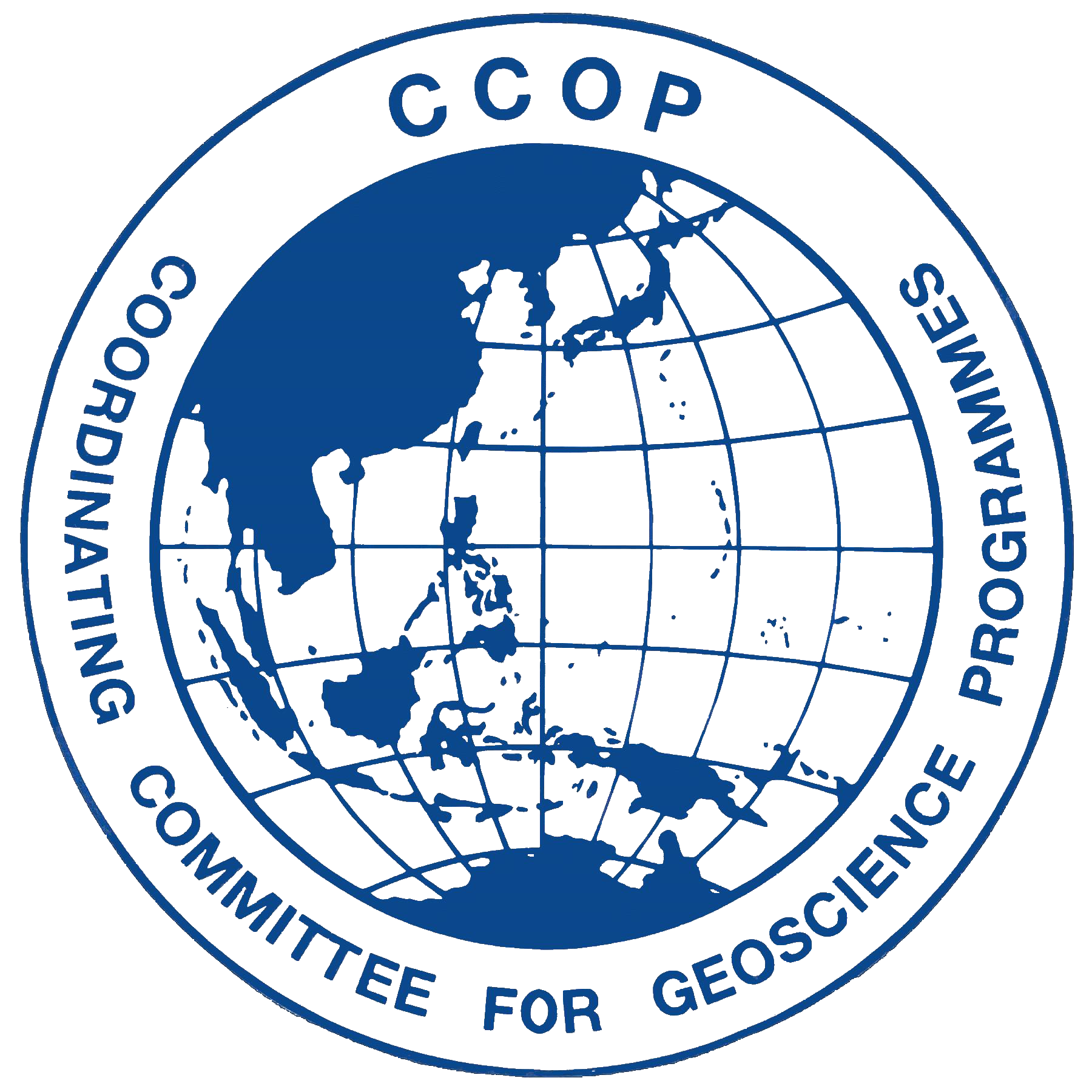Properties and behavior of silica rock from east coast Malaysia region in crystal glass application
Keywords:
Glass application, Physical-chemical method, silica rockAbstract
Crystal glass is defined as colorless and translucent glass, which is generally applied as tableware utensils and art products, in compliance with the ASTM C162-56 standard method. Traditionally, crystal glass was manufactured using silica sand with SiO2 purity of not less than 99.5%. In this research, local silica rock acquired from the east coast of Malaysia region was utilized in the production of crystal glass. Previous studies revealed that raw silica rocks possess a good quality, but still inadequate to comply with the minimum requirements for crystal glass making. The purpose of this study was to improve the quality of silica rock via a physico-chemical method that comprised simultaneous attrition scrubbing and acid treatment. In this method, variable citric acid concentrations of less than 1%, and constant scrubbing time and speed of agitation of 20 minutes and 1250 rpm, respectively were implemented. Markedly, citric acid was found effective in improving the purity of SiO2, where 99.8% purity was successfully achieved at 0.75% acid concentration. XRD analysis revealed trigonal crystals system of SiO2 in the silica rock samples. By implementing the novel crystal glass formulation, crystal glass with density of ≥ 2.40 g/cm3 , Vickers hardness of 550 ± 20 kg.f/cm2 , and refractive index of ≥ 1.5 was successfully produced, which complied with the standard requirements of BS 3828:1973.
References
Al-Zahrani, A. A. (2009). Extraction of alumina from local clays by hydrochloric acid process. Engineering Sciences, 20(2).
Andrews, W. H. (1984). Uses and Specifications of Silica sand. Res. Counc. Alberta, Bull.; (Canada), 71–4, 49–66.
Bouabdallah, S., Bounouala, M., Idres, A., & Chaib, A. (2015). Iron removal process for high-purity silica production by leaching and magnetic separation technique. Naukovyi Visnyk Natsionalnoho Hirnychoho Universytetu, 5, 47–52.
Brynhildsen, L., & Rosswall, T. (1997). Effects of metals on the microbial mineralization of organic acids. Water, Air, and Soil Pollution, 94(1), 45–57. https://doi.org/10.1007/BF02407092
Farmer, A. D., Collings, A. F., & Jameson, G. J. (2000). The application of power ultrasound to the surface cleaning of silica and heavy mineral sands. Ultrasonics Sonochemistry, 7(4), 243–247. https://doi.org/10.1016/S1350-4177(00)00057-2.
Foo, K. Y. (1973). Summary of The Geology and Mineral Resources the State of Kelantan.
Khalifa, M., Ouertani, R., Hajji, M., & Ezzaouia, H. (2019). Innovative technology for the production of high-purity sand silica by thermal treatment and acid leaching process. Hydrometallurgy, 185, 204–209.
Larba, R., Boukerche, I., Alane, N., Habbache, N., Djerad, S., & Tifouti, L. (2013). Citric acid as an alternative lixiviant for zinc oxide dissolution. Hydrometallurgy, 134–135, 117–123. https://doi.org /10.1016/j.hydromet.2013.02.002.
Mohamad Haniza Mahmud, Mohd Idham Mustaffar, & Abdul Hadi Abdul Rahman. (2016). Development of Lead Free Crystal Glass Using Silica Sand from Gong Belibis Setiu, Terengganu. Journal of Geological Resource and Engineering, 4(3), 137– 141. https://doi.org/10.17265/2328-2193/2016.03.004.
Ngah, D. S. (1986). Potential Mineral Resources in Kelantan.
Nishkov, I., Valchev, A., Marinov, M., Grigorova, I., & Nishkov, I. (2011). Low Iron Silica Sand for Glassmaking. III (January 2011), 755–760. https:// www.researchgate.net/publication/306056275.
Römkens, P., Bouwman, L., Japenga, J., & Draaisma, C. (2002). Potentials and drawbacks of chelate enhanced phytoremediation of soils. Environmental Pollution (Barking, Essex : 1987), 116(1), 109–121. https://doi.org/10.1016/s0269-7491(01)00150-6.
Schubert, U. (1997). Book Review: Introduction to glass science and technology. By J. E. Shelby. Angewandte Chemie International Edition in English, 36(20), 2248–2249. https://doi.org/10.10 02/anie.199722481.
Shin, D., Jeong, J., Kim, B., Ilyas, S., & Lee, J. (2014). Lead trace removal from waste electronic scraps by organic acids. Materials Transactions, 55(3), 586– 590.
Tsai, M. S. (2004). The study of formation colloidal silica via sodium silicate. Materials Science and Engineering B: Solid-State Materials for Advanced Technology, 106(1), 52–55. https://doi.org/10.1016/ j.mseb.2003.08.052.
Yuan, Y., Zhang, L., Guan, J., Zhang, C., Wu, J., & Chen, Z. (2018). Contribution on fluid inclusion abundance to activation of quartz flotation. Physicochemical Problems of Mineral Processing, 54.
Downloads
Published
How to Cite
License
Copyright (c) 2024 Thai Geoscience Journal

This work is licensed under a Creative Commons Attribution-NonCommercial-NoDerivatives 4.0 International License.








